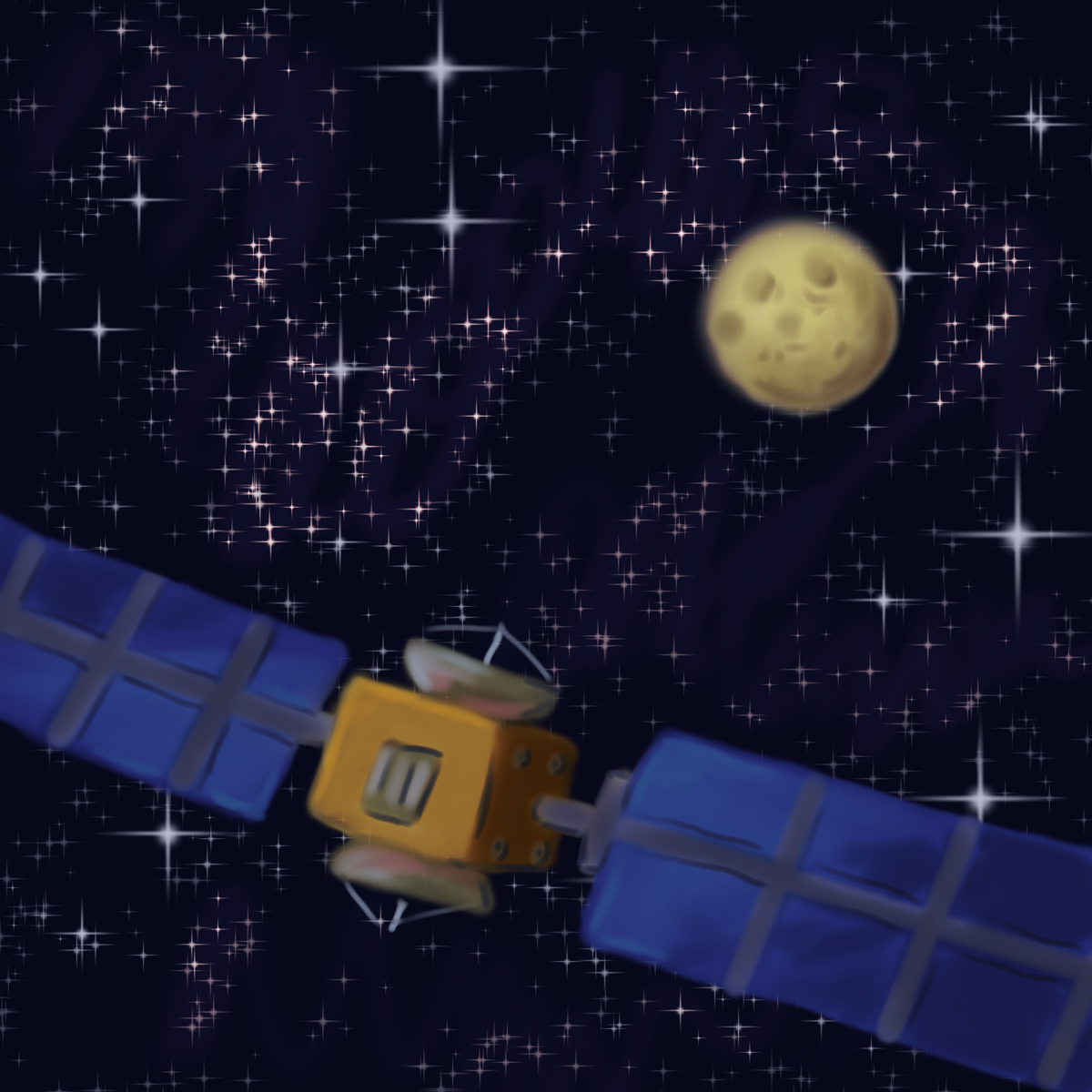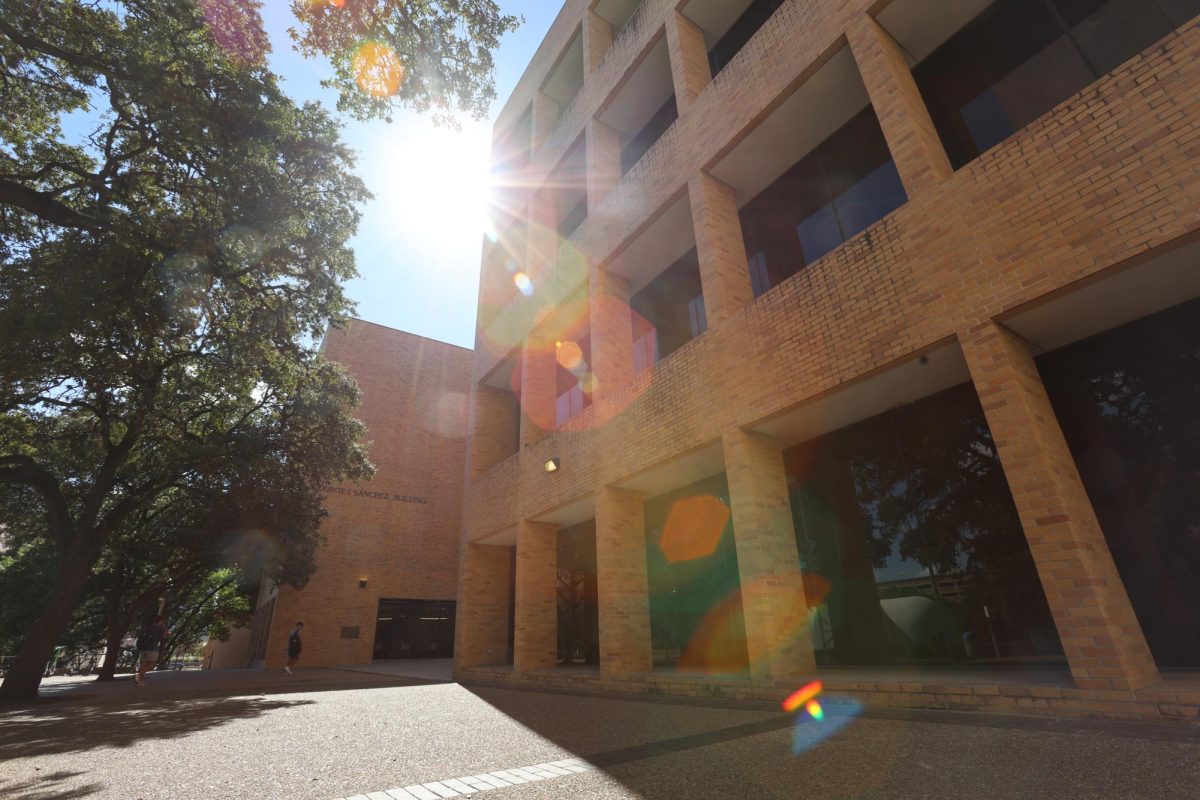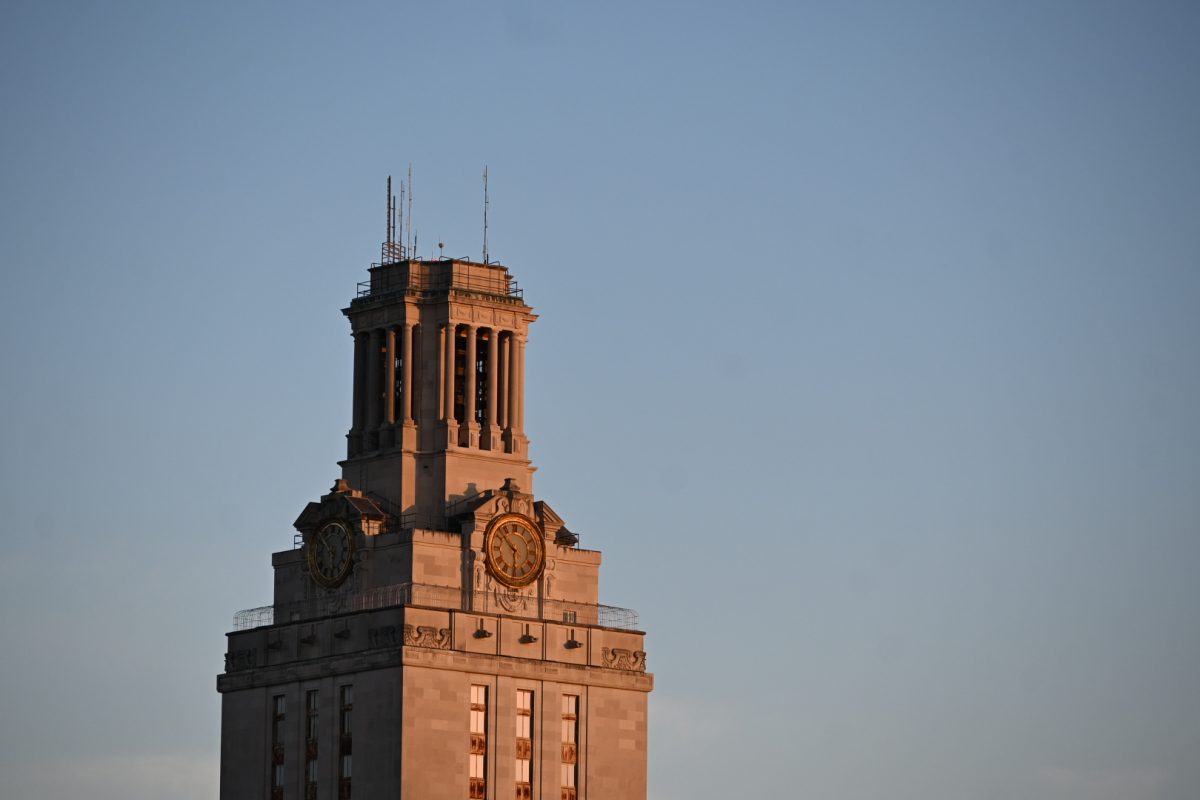An Air Force research program awarded UT a $4 million grant to lead a research collaboration centered around activity in space, according to a recent press release.
The grant from the Create the Future Independent Research Effort, sponsored by the Air Force Office of Scientific Research, will support a three-year initiative to monitor activity in cislunar space, the region between the Earth and the moon. The funding began Sept. 1.
Aerospace engineering professor Renato Zanetti said cislunar space requires understanding the combined gravitational forces of both the Earth and the moon.
“You cannot neglect one of the two (gravities),” Zanetti said. “The interesting part about this region is the dynamics become a lot more complex, so the uncertainties of motion become a lot harder to predict. That’s what makes it fun.”
The initiative comes at a time when activity in cislunar space is increasing, Zanetti said. Private sector companies such as SpaceX and Blue Origin are pursuing space tourism, while countries around the world are deploying rovers and planning to build infrastructure on the moon.
“Cislunar space has become much more sought after in recent years by many players,” Zanetti said. “It’s a big deal. … There’s a lot more players now, and it’s become more pressing because of the times that we’re living in.”
The research aims to develop methods to understand how human-made objects move in space, Zanetti said. Researchers will work to create autonomous systems, such as satellites or spacecraft, to collect data and make decisions independently in space.
The systems will assist with preventing collisions and building space awareness as more entities enter the cislunar region, graduate research assistant Michael Hibbard said.
“We envision the space will become congested,” Hibbard said. “We want to ensure (we have) an understanding of what everyone is up to, so we can coordinate the continued peaceful use of outer space.”
Zanetti, along with Oden Institute professor Ufuk Topcu, will lead the initiative in collaboration with researchers from the University of New Mexico, Texas A&M University, University of Colorado, Boulder and the University of Washington.
“We have a great team of people that we’ve known for some time,” Zanetti said. “UT is leading the effort in the sense that we’re ultimately responsible for the research. … (But) we all work together. UT is the first among equals.”
While the Air Force team is not directly involved with the research, they will hold regular check-in meetings with the university to provide feedback and direction in regard to what the Air Force hopes to learn.
“The Air Force Office is not looking at today’s problems,” Zanetti said. “They are looking at solving the problems that they expect they will face in the future. All the activity that is surging day to day, we know the rate of for a little bit. … We’re looking at being helpful for operational work in longer timescales.”
The researchers had their first meeting with the Air Force Office on Monday, Sept. 25.
“This is an exciting time for space autonomy near Earth and far,” Topcu said in the press release. “This collaborative effort will help UT Austin continue pushing the boundaries of what is possible.”














